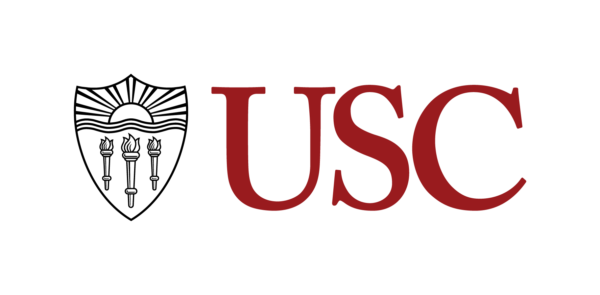Slots: 1 senior faculty member (Associate and Full Professor)
Deadlines
Internal Deadline: Friday, May 3rd, 2024, 5pm PT
LOI: Tuesday, June 25, 2024, 4:00 pm CT.
External Deadline: Tuesday, October 8, 2024, 4:00 pm CST
Award Information
Award Type: Grant
Anticipated Amount: $150,000 for a two year grant period. 100% of these SIA funds must be utilized for direct costs.
Link to Award: https://www.thebrf.org/what-we-do/scientific-innovations-award/
RFP: https://www.thebrf.org/wp-content/uploads/2024/04/2025_SIA_Guidelines.pdf
Who May Serve as PI:
The nominated candidate must be a full-time associate professor or full professor at a US academic institution that was invited directly by BRF via email, working in the area of studies of brain function in health and disease. Current major NIH or other peer-reviewed funding is preferred but evidence of such funding in the past three years is essential. Studies should be related to either normal human brain development or specifically identified disease states. This includes molecular and clinical neuroscience as well as studies of neural, sensory, motor, cognitive, behavioral and emotional functioning in health and disease. The grant proposal must detail a new research project that is not funded by other sources. This grant is not to be used as bridge funding.
Process for Limited Submissions
PIs must submit their application as a Limited Submission through the USC Research Initiatives and Infrastructure Application Portal: https://rii.usc.edu/oor-portal/. Use the template provided here: RII Limited Submission Applicant Template
Materials to submit include:
- (1) Two Page Proposal Summary (1” margins; single-spaced; font type: Arial, Helvetica, Times New Roman, or Georgia typeface; font size: 11 pt). Page limit includes references and illustrations. Pages that exceed the 1-page limit will be excluded from review.
- (2) CV – (5 pages maximum)
Note: The portal requires information about the PIs and Co-PIs in addition to department and contact information, including the 10-digit USC ID#, Gender, and Ethnicity. Please have this material prepared before beginning this application.
Purpose
Brain Research Foundation’s Scientific Innovations Award Program provides funding for innovative science in both basic and clinical neuroscience. This funding mechanism is designed to support creative, exploratory, cutting edge research in well-established research laboratories, under the direction of established investigators.
The objective of the SIA is to support projects that may be too innovative and speculative for traditional funding sources but still have a high likelihood of producing important findings. It is expected that investigations supported by these grants will yield high impact findings and result in major grant applications and significant publications in high impact journals.
Funding Preferences: Funding is to be directed at projects that may be too innovative and speculative for traditional funding sources but still have a high likelihood of producing important findings. This should be a unique project for senior investigators who are encouraged to stretch their imagination into areas that can substantially change an area of research.
Funding of research projects that will likely lead to successful grant applications with NIH and other public and private funding entities.
